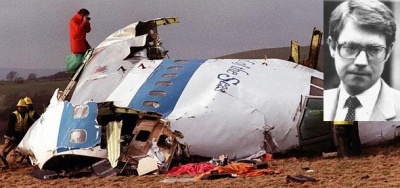The Met
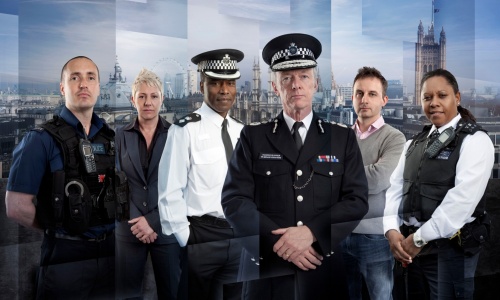
The Met is a British documentary television series about London's Metropolitan Police Service (MPS), broadcast on BBC One. The series shows how Scotland Yard works from its head Bernard Hogan-Howe, the Commissioner of Police of the Metropolis, to individual police officers.[1]
The Met is produced by BBC Documentaries who have previously made Our War, an award-winning series about British soldiers in Afghanistan, and Protecting Our Children, about social services.[2][3]
The five-part series The Met has been some 18 months in the making. Four BBC teams were given open access to the force's units, other than counter-terrorism for security reasons and royal and diplomatic protection on privacy grounds. The documentary follows the officers of Britain's biggest and busiest police service as they deal with life, death, crime and its victims, all across the capital.[4]
After The Met's first episode was broadcast on Monday 8 June 2015, The Guardian described it as ambitious, fascinating, fair, important television.[5]
Production
Charlotte Moore, the controller of BBC One, announced the series on 23 October 2013.[6][7] She called it the "first ever definitive portrait of the Met" and said documentaries like The Met were "at the heart of BBC One's remit". The series was made by BBC Documentaries and consists of five hour-long episodes.[8]
Bernard Hogan-Howe, the head of London's MPS, said he was delighted to be working with the BBC and also said:
I hope that over the coming months, we can reveal the true scale and complexity of the challenges faced by officers and staff across the service as they meet the demands of modern policing—and at a time when we are going through a period of unprecedented change. I am proud of the Met. I hope this documentary helps the people of London learn more about policing and be proud of us too.
The series was commissioned by Charlotte Moore and Emma Willis, the head of documentary commissioning for the BBC. The executive producer for the series is Aysha Rafaele, the head of documentaries for the BBC.[9]
Puff piece for the Met
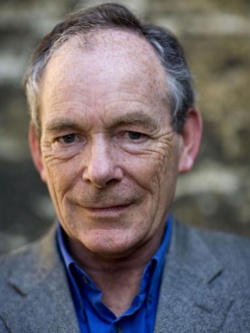
On 5 June 2015, Simon Jenkins of The Guardian attended the press viewing of The Met's first episode in the presence of Sir Bernard Hogan-Howe and reported that a BBC official said how “privileged we felt” to be given access to the great man, and hoped the film “will not seem a puff piece for the Met”:
- "I caught a twitch of a smile on Hogan-Howe’s face. 'I don’t want this to seem shroud waving,' he said, and then coolly pointed out he had endured a 20% cut in his budget and now faced the same again."
The Met is not “fly-on-the-wall” television in the style of the pioneering 1982 Thames Valley series, Police, or of more recent glimpses inside submarines, fire brigades, ambulances, Heathrow and Great Ormond Street. These left cameras running “at the front line” and edited the product. The Met is a documentary with interviews, conducted after the police shot Mark Duggan in Tottenham in 2011, and after the subsequent inquest verdict of “lawful killing”. There is no question, the Duggan affair was highly embarrassing for the police, exacerbated by subsequent riots across the capital. It was made worse by the jury’s inexplicable verdict, that Duggan was not holding a gun yet could lawfully be shot.
But that was last year. By then Hogan-Howe had arrived at the Met, and had time to get his ducks in a row. He was clearly determined that the film should reflect his carefully orchestrated handling of the outcome. He also was confident in his co-star, the glamorous and articulate head of the Haringey force, Victor Olisa. Together they played a blinder. The police come over as universally sensitive. There is no whiff of what gave rise to the saga, no sign of the officers present at Duggan’s killing or why they were armed. We get no idea what steps the force made to investigate the incident, or to remedy mistakes. All we get is deep agonising over the aftermath. Meanwhile the Duggan family and the “local community” are mostly portrayed as ranting militants and left-wing extremists. The film ends with the Met in a cloud of glory, successfully policing last year’s Brixton Splash festival.
It really is a puff.
Challenged on whether the film showed the Met as “institutionally racist”, Hogan-Howe wisely declined to answer, except to agree that what matters is “that others think so”.[10]
Murder inquiry by the Met
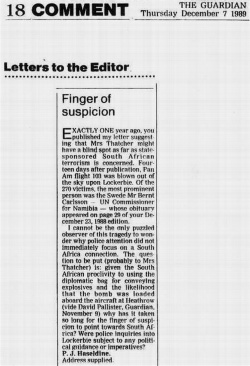
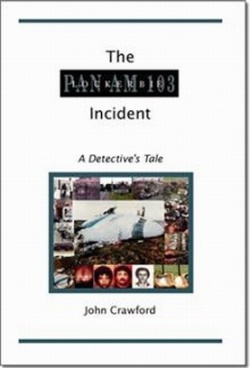
On 28 May 2015, Lockerbie campaigner Patrick Haseldine wrote to Sir Bernard Hogan-Howe:
Dear Sir Bernard,
MURDER OF BERNT CARLSSON, UN COMMISSIONER FOR NAMIBIA
On 7th December 1989 The Guardian published this letter from me:
- "Finger of suspicion"
- "Exactly one year ago, you published my letter suggesting that Mrs Thatcher might have a blind spot as far as South African terrorism is concerned.
- "Fourteen days after publication, Pan Am Flight 103 was blown out of the sky upon Lockerbie. Of the 270 victims, the most prominent person was the Swede Mr Bernt Carlsson – UN Commissioner for Namibia – whose obituary appeared on page 29 of your December 23, 1988 edition.
- "I cannot be the only puzzled observer of this tragedy to wonder why police attention did not immediately focus on a South African connection. The question to be put (probably to Mrs Thatcher) is: given the South African proclivity to using the diplomatic bag for conveying explosives and the likelihood that the bomb was loaded aboard the aircraft at Heathrow (vide David Pallister, The Guardian, November 9, 1989) why has it taken so long for the finger of suspicion to point towards South Africa?
- "Were police inquiries into Lockerbie subject to any political guidance or imperatives?"[11]
The only “investigation” of Bernt Carlsson’s murder was conducted by Scottish Detective Constable John Crawford whose 2002 book, "The Lockerbie Incident: A Detective's Tale", states (on pages 88/89):
- "We even went as far as consulting a very helpful lady librarian in Newcastle who contacted us with information she had on Bernt Carlsson. She provided much of the background on the political moves made by Carlsson on behalf of the United Nations. He had survived a previous attack on an aircraft he had been travelling on in Africa. It is unlikely that he was a target as the political scene in Southern Africa was moving inexorably towards its present state. No matter what happened to Carlsson after he had completed his mission in Namibia the political changes were already well in place and his demise would not have altered anything. This would have made a nonsense of any alleged assassination attempt on him as it would not have achieved anything. I discounted the theory as being almost totally beyond the realms of feasibility. We eventually produced a report on all fifteen (the 'first fifteen' of the interline passengers) to the SIO (Stuart Henderson), each person had their own story and as many antecedents as we could gather. The other teams had also finished their profiles of their group of interline passengers. None of them had found anything which could categorically put any of the interline passengers into any frame as a target, dupe or anything else other than a victim of crime."[12]
There is reason to believe that the following individuals either conspired to murder, or were complicit in targeting, Bernt Carlsson in the Lockerbie bombing of 21 December 1988:
- South African President P. W. Botha (deceased)[13],
- General Magnus Malan (deceased)[14],
- Foreign Minister Pik Botha[15],
- Head of SADF Military Intelligence Major-General Neels van Tonder, who controlled the dirty tricks operation Longreach,
- South African Superspy Craig Williamson[16],
- South African mercenary Lt-Col Eeben Barlow[17],
- Former President of Finland Martti Ahtisaari, who attended the December 1988 negotiations in Brazzaville where the Bernt Carlsson murder plot was hatched,
- Former US Assistant Secretary of State Chester Crocker, whose 'linkage policy' delayed Namibia's independence for 10 years,
- French not-so-secret agent Jean-Yves Ollivier.
I should be grateful if Scotland Yard would now launch a Bernt Carlsson murder inquiry.
Yours sincerely,
References
- ↑
{{URL|example.com|optional display text}} - ↑
{{URL|example.com|optional display text}} - ↑
{{URL|example.com|optional display text}} - ↑ "How do you change the Met's face?"
- ↑ "The Met: Policing London review – it was bold to let the cameras in"
- ↑
{{URL|example.com|optional display text}} - ↑
{{URL|example.com|optional display text}} - ↑
{{URL|example.com|optional display text}} - ↑
{{URL|example.com|optional display text}} - ↑ "Sorry, Sir Bernard Hogan-Howe, but The Met series really is a puff piece"
- ↑ "Finger of suspicion"
- ↑ "The Lockerbie Incident: A Detective's Tale"
- ↑ "From Chequers to Lockerbie"
- ↑ "South Africa’s Civil Co-operation Bureau (CCB) executed Iran’s revenge attack"
- ↑ "Why the Lockerbie flight booking subterfuge, Mr Botha?"
- ↑ "Craig Williamson: Lockerbie bomber"
- ↑ "Lockerbie: J'accuse...Eeben Barlow"
- ↑ "Scotland Yard to launch Bernt Carlsson murder inquiry"
Wikipedia is not affiliated with Wikispooks. Original page source here
